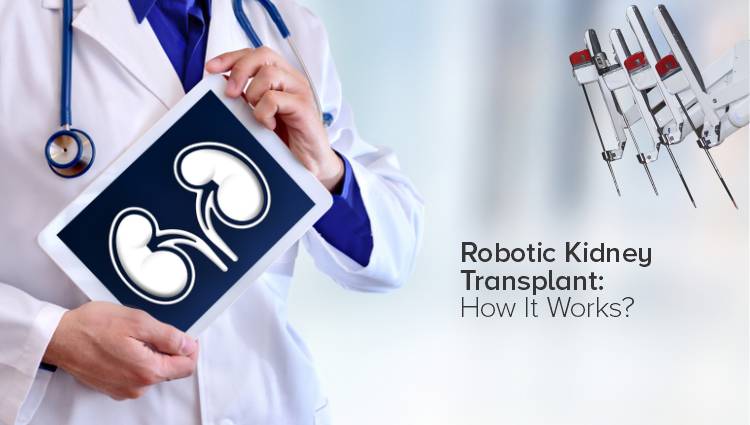
A kidney transplant is one of the primary treatment options for end-stage renal disease. In this situation, the kidney can no longer function effectively. Robotic kidney transplant is a minimally invasive surgical process that makes it possible to remove a damaged kidney and transplant a donor's kidney. This advanced technique has significantly increased the success rate and lowered the risks associated with conventional kidney transplants.
Before a robotic kidney transplant is undertaken, a thorough evaluation of the recipient is essential. This evaluation involves imaging studies, including MRI, CT scan, or a Doppler ultrasound, to assess the condition of the recipient's kidney. Lab tests are also done to determine blood type and screen for potential complications. The donor also undergoes a similar evaluation to ensure compatibility. Robotic surgery requires sophisticated computerized systems that give the surgeon a clear and precise image of the kidney.
Robotic-assisted kidney transplant has various benefits over conventional kidney transplant, including:
Following a robotic kidney transplant, patients typically stay in the hospital for a few days, and recovery takes a few weeks, depending on factors such as the patient's overall health. Post-operative care involves taking prescribed medications and following up on lab tests. Close monitoring by the surgeon is essential in the days, weeks, and months following the procedure to ensure that the transplanted kidney functions correctly.
With the Da Vinci X System, robotic kidney transplant is a new, innovative, and increasingly standard procedure that has revolutionized the field of kidney transplants. This minimally invasive approach, facilitated by the Da Vinci X System, results in fewer complications, faster recovery times, and minimal scarring. The robotic surgical system allows for high precision, making the Da Vinci X robotic kidney transplant method a preferred option. Patients who undergo a robotic kidney transplant with the Da Vinci X System experience reduced pain, blood loss, and hospitalization time compared to traditional procedures. Overall, Da Vinci X robotic kidney transplant provides a more comfortable and successful option for those needing kidney transplants.
If you're thinking about a kidney transplant, don't wait. Call us at 040 67191919 or schedule an Appointment with Dr Mallikarjuna Reddy on our Website Citizens Specialty Hospital. Quick medical attention is essential for a successful transplant and fast healing. Take care of your health—start the journey to a healthier life now. Early action is the best way to ensure your kidneys stay healthy.
Blog verified by Dr Mallikarjuna Reddy, a seasoned Urologist with 30 years of experience, currently practicing at Citizens Specialty Hospital, Hyderabad.